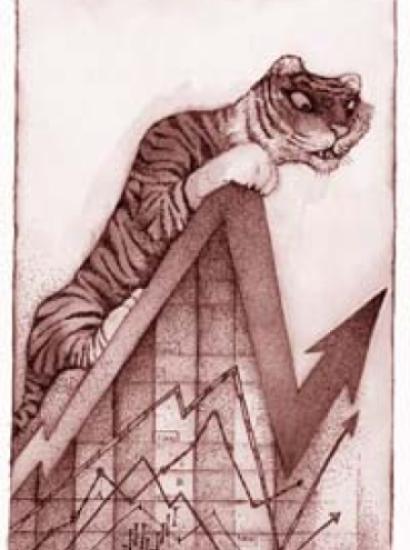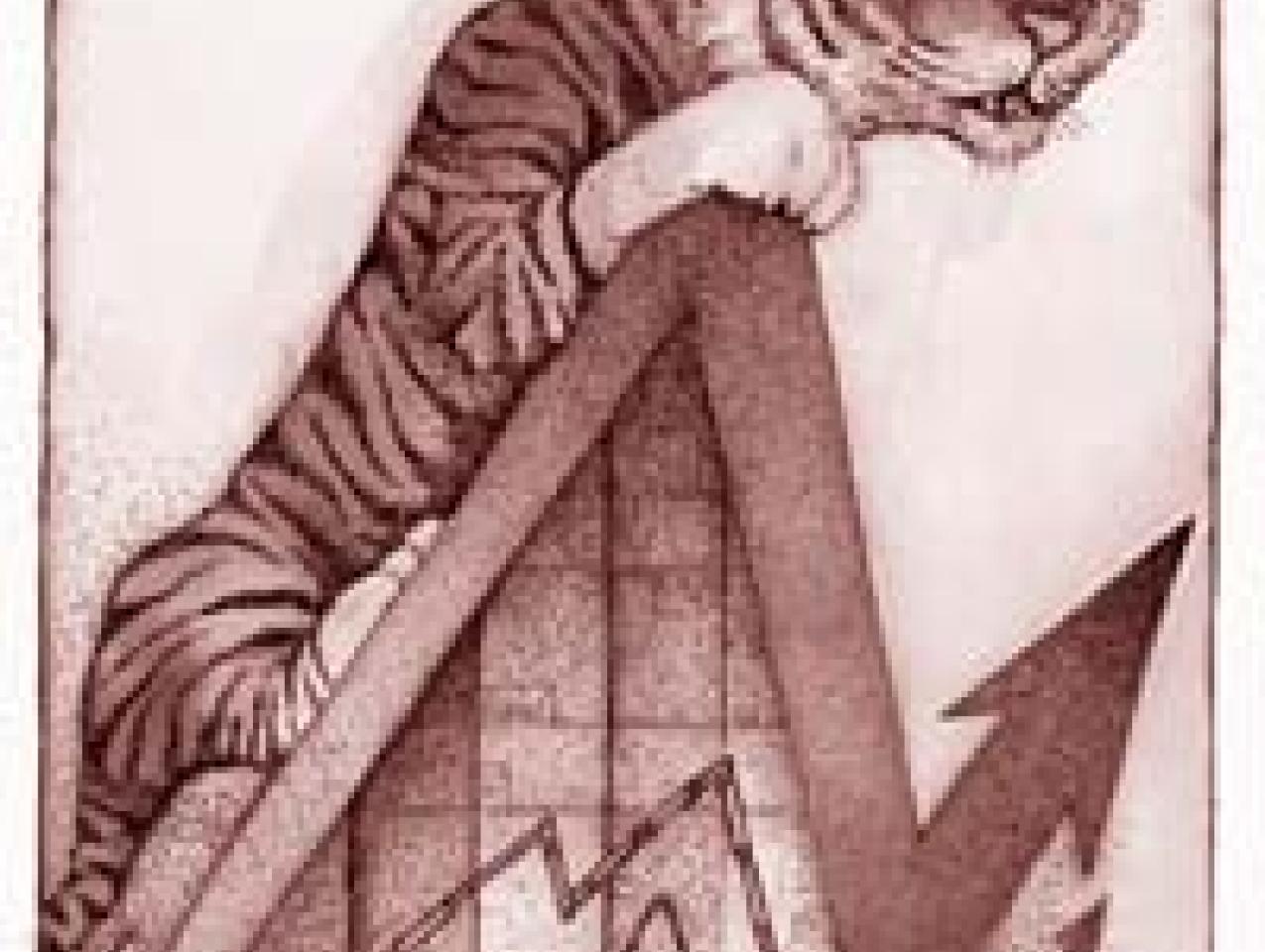- Economics

The Asian financial crisis may have finally put to rest the myth that the region’s success is the result of a superior, Confucian-rooted capitalism, one immune to the depressions and other troubles that plague Western economies. But this claim is being replaced with a criticism that is equally wrongheaded: that the so-called Asian miracle had no substance, that it was built on a house of cards, which inevitably collapsed.
The fact is, nations in other regions would be delighted with the Tigers’ achievements since 1960, as well as their present problems. Their average annual growth rates in real per capita incomes have been more than 6 percent since 1960. That this was no mirage, conjured up by misleading national income accounting, can be seen from the huge rise in cars, VCRs, computers, and other consumer goods in these countries and from the vast improvements in health, life expectancy, and education of their people.
Those countries with the greatest degree of economic freedom—Hong Kong, Singapore, and Taiwan—have survived the crisis much better than the others.
The International Monetary Fund recently drastically lowered its forecasts for several Asian economies but still anticipates positive growth after a couple of years. Even if the IMF is much too optimistic and the present crisis stopped all growth for the next five years, these economies would have performed well above the world average for nearly two and a half decades. Some house of cards.
VITAL INGREDIENTS
The Asians’ success has been built not on their discovery of a new form of capitalism but on a tried-and-true recipe. The vital ingredients include a hard-working, well-educated, and trained labor force and a vigorous entrepreneurial class that invests in efficient plants and equipment. Each country spends more on human capital than do the vast majority of nations with comparable levels of per capita income. Most of these nations also encouraged entrepreneurial activities after they learned to appreciate the importance of a market economy.
Taiwan, for example, has many successful small and midsize companies formed not long ago; some, such as Acer and Formosa Plastics, have grown into formidable competitors worldwide. Even the much-criticized Korean conglomerates, the chaebol, grew from meager beginnings in the early 1960s into giant companies largely through the ability and hard work of their founders and other leaders.
FREEDOM COUNTS
Prosperity is traditionally assumed to require a substantial level of economic freedom in the form of a predominantly private-enterprise economy and a relatively small but effective government sector that enforces contracts and promotes necessary public goods. The Heritage Foundation and the Wall Street Journal recently issued a 1998 Index of Economic Freedom for 150 countries. They ranked each nation on the basis of the size of its government, the level of taxes, barriers to capital movements, curbs on foreign trade, and other indicators of economic freedom.
Although the measures are far from perfect, they do suggest that the fast-growing Asian nations generally have more economic freedom than other countries. Hong Kong, Singapore, and Taiwan rank among the top ten economies, and, so far, they have survived the crisis much better than the others. Indonesia is the only one that ranks relatively low in economic freedom, although it, too, is rated much higher than a slow-growing Asian nation such as India. And Indonesia has had the greatest difficulty responding effectively to the crisis.
These measures of economic freedom indicate that obtrusive regulations and excessive government control over the financial sector are the weakest links in the economic superstructure of Indonesia, Malaysia, Thailand, and South Korea. Their governments have regularly steered subsidies and other assistance to favored companies and bailed out those that got into financial difficulties.
Government support of troubled companies has made the present crisis much more severe. Inevitably, companies will take excessive and even reckless risks when the government stands ready to help them out if the going gets rough. The IMF and other international organizations are distorting incentives further: They are trying to rescue countries and companies, including banks, from their own folly and excessive optimism—not from major catastrophes that are beyond their control.
Despite widespread pessimism about Asia, most of its fast-growing economies continue to have bright long-term futures. I believe that, before very long, their many positive fundamentals will extricate these economies from their pres-ent problems. But their prospects would be even better if private companies, and the financial system, had to bear the consequences of their mistakes and could not rely on taxpayers’ money to rescue them.
















